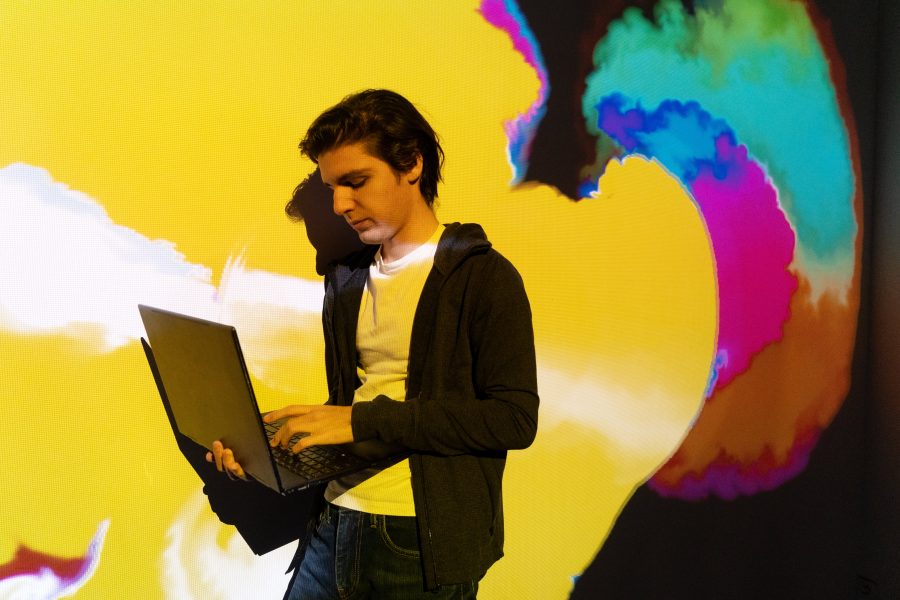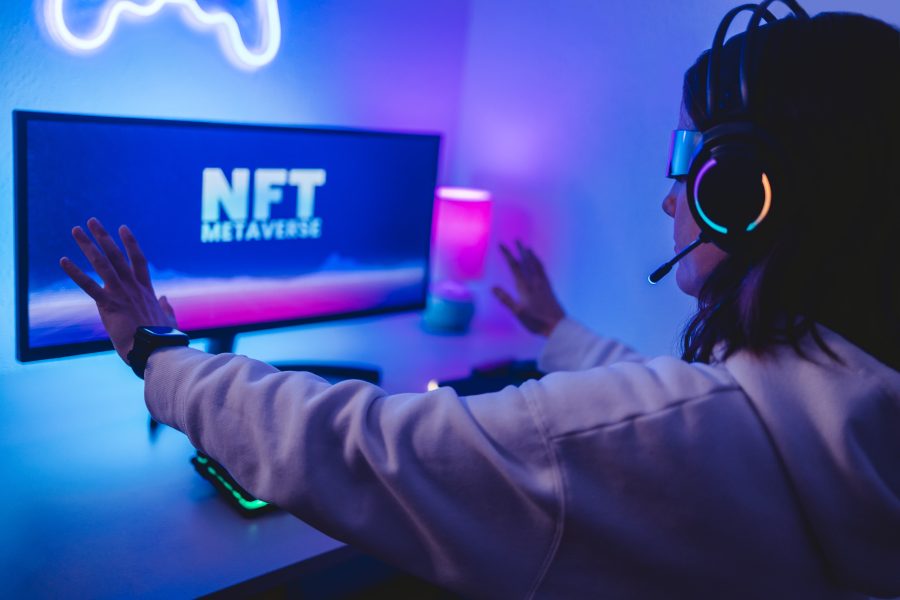How Virtual Reality is Changing the Landscape of Art?
Virtual reality (VR) technology is revolutionizing the way we experience art. From museums to galleries to individual artists, VR is changing the landscape of art in exciting ways. With VR, artists can create immersive, interactive experiences that transcend the traditional boundaries of physical space and time. This technology is enabling artists to push the boundaries of what is possible, creating entirely new forms of art that were previously unimaginable.
One of the most significant ways in which VR is changing the art world is by allowing artists to create immersive environments that transport viewers to new places and experiences. With VR, artists can create entire worlds, from fantastical landscapes to surreal dreamscapes. By immersing viewers in these environments, artists can engage them in a more profound and visceral way than traditional art forms allow.
For example, the British artist Mat Collishaw used VR technology to create a virtual reality version of his 2016 installation “Thresholds.” The installation was a recreation of the world’s first photography exhibition, held in London in 1839. Collishaw’s VR version allowed viewers to step back in time and experience the exhibition as it would have been in 1839, complete with the sights and sounds of the era. This immersive experience allowed viewers to explore the exhibition in a way that was previously impossible.
In addition to creating immersive environments, VR is also allowing artists to explore new forms of expression. For example, the Dutch artist Peter Kogler has used VR to create mind-bending installations that challenge our perceptions of space and reality. Kogler’s work includes “virtual labyrinths” that viewers can explore, as well as rooms that appear to be stretching and distorting in impossible ways. These installations offer a unique and immersive experience that is impossible to replicate in the physical world.

The Art Beyond Geographical Boundaries
VR is also making it possible for artists to collaborate across geographical boundaries in ways that were previously impossible. For example, the French artist Cécile B. Evans created a virtual reality experience called “Amos’ World” in collaboration with artists and designers from around the world. The experience is a kind of virtual reality soap opera, featuring a cast of characters who interact with each other and with the viewer in real-time. This collaborative project allowed artists to work together in ways that were previously impossible due to geographical constraints.
Another way in which VR is changing the art world is by making it possible to preserve and share artworks in new ways. With VR, museums and galleries can create digital versions of their collections, allowing people from around the world to explore and experience them in ways that were previously impossible. This is especially important in light of the COVID-19 pandemic, which has forced many museums and galleries to close their doors.
For example, the British Museum has created a VR experience called “The Virtual Museum of the World,” which allows users to explore the museum’s collection of ancient artifacts in a virtual space. Similarly, the Google Arts and Culture platform offers a range of VR experiences that allow users to explore museums and galleries from around the world. This technology is opening up new possibilities for access to art and culture, making it possible for people from all over the world to experience and appreciate art in new and exciting ways.

Finally, VR is also creating new opportunities for artists to monetize their work. With VR, artists can create digital artworks that can be sold as limited editions or even auctioned off. This is particularly exciting for emerging artists who may struggle to find traditional gallery representation. VR offers a new platform for artists to showcase their work and reach new audiences.
In conclusion, virtual reality is transforming the way we experience and create art. By enabling artists to create immersive environments, explore new forms of expression, collaborate across geographical boundaries, and monetize their work, VR is changing the art world in exciting and innovative ways. This technology is opening up new possibilities for artists and viewers alike, allowing for new forms of artistic expression and pushing the boundaries of what is possible in art. As VR technology continues to evolve, it is likely that we will see even more exciting developments in the intersection of art and virtual reality.
